I need log scale x-axis. Here is my code:
plt.bar(critical_pressures_reversed, mercury_volume_scaled, bottom = 0, log = True, linewidth=0, align="center",width=.1)
plt.title("Mercury intrusion", fontsize=20)
plt.xlabel("Critical Pressure $P_c \, [kPa]$", fontsize=16)
plt.ylabel("Mercury volume $V_m \, [\mu m^3]$", fontsize=16)
plt.grid(b=True, which='major', color='black', linestyle='-', linewidth=1)
plt.grid(b=True, which='minor', color='gray', linestyle='-', linewidth=0.15)
frame = plt.gca()
figure = plt.gcf()
frame.set_xscale('log')
frame.set_axisbelow(True)
figure.set_size_inches(12, 6)
plt.savefig("intrusion_6n_press.png", dpi=300, bbox_inches='tight')
plt.close()
Resulting plot:

How to force pyplot to draw bars with constant width?
I am using matplotlib (1.4.2)
